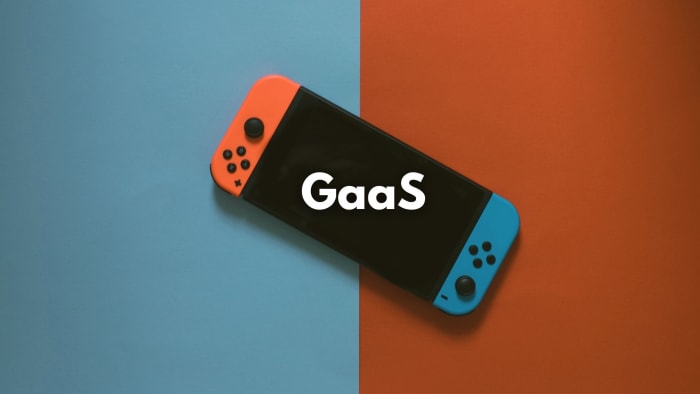
Games as a service are the new norm in the industry.
In the same vein as software as a service, the gaming industry has developed a long-term income model called gaming as a service (GaaS).
They offer the game for a low or no cost at first and then monetize it over time. Unlike the Pay-to-play model, this one keeps customers interested in playing the game for extended periods of time and generates a steady stream of revenue.
One-time game purchases are difficult to market and can result in significant losses, whereas GaaS-based games are future-proof. It appeals to both players and advertising, as well as investors. Thanks to cloud gaming, some of the most popular games are now being released using this concept.

This revenue model lets developers to make money after the game has been released through subscriptions, in-game purchases, advertisements, and other means. This also allowed them to focus on the video game production side of things rather than the financial side, as the game's content can determine the game's long-term viability and lifespan.
The introduction of this technology benefited both video game makers and users. It gave developers new options by allowing them to integrate with the cloud and stream games. Massively Multiplayer Online Role-Playing Games (MMORPGs) like Age of Empires, PUBG, and others paved the way for cloud gaming.
Gaming OTT platforms are another trend worth paying attention to. Many major players in the video gaming industry have already implemented cloud-based video game services.
It appears that Google Stadia and XBOX Game Pass will both have their own subscription plans taking advantage of GaaS games.
As one of the first companies to use this model in 2007-2008, Tencent was based in China. In just six years after introducing the GaaS model, EA Games saw its market value increase from $4 billion to $33 billion.
In response to the massive growth of these big companies and the emergence of virtual currencies, more and more developers are turning towards this model by integrating skippable ads, in-game purchases, tokens, cheat codes, and coins for recurring revenue.